Home>Gardening & Outdoor>Landscaping Ideas>Why Is My New Grass Light Green
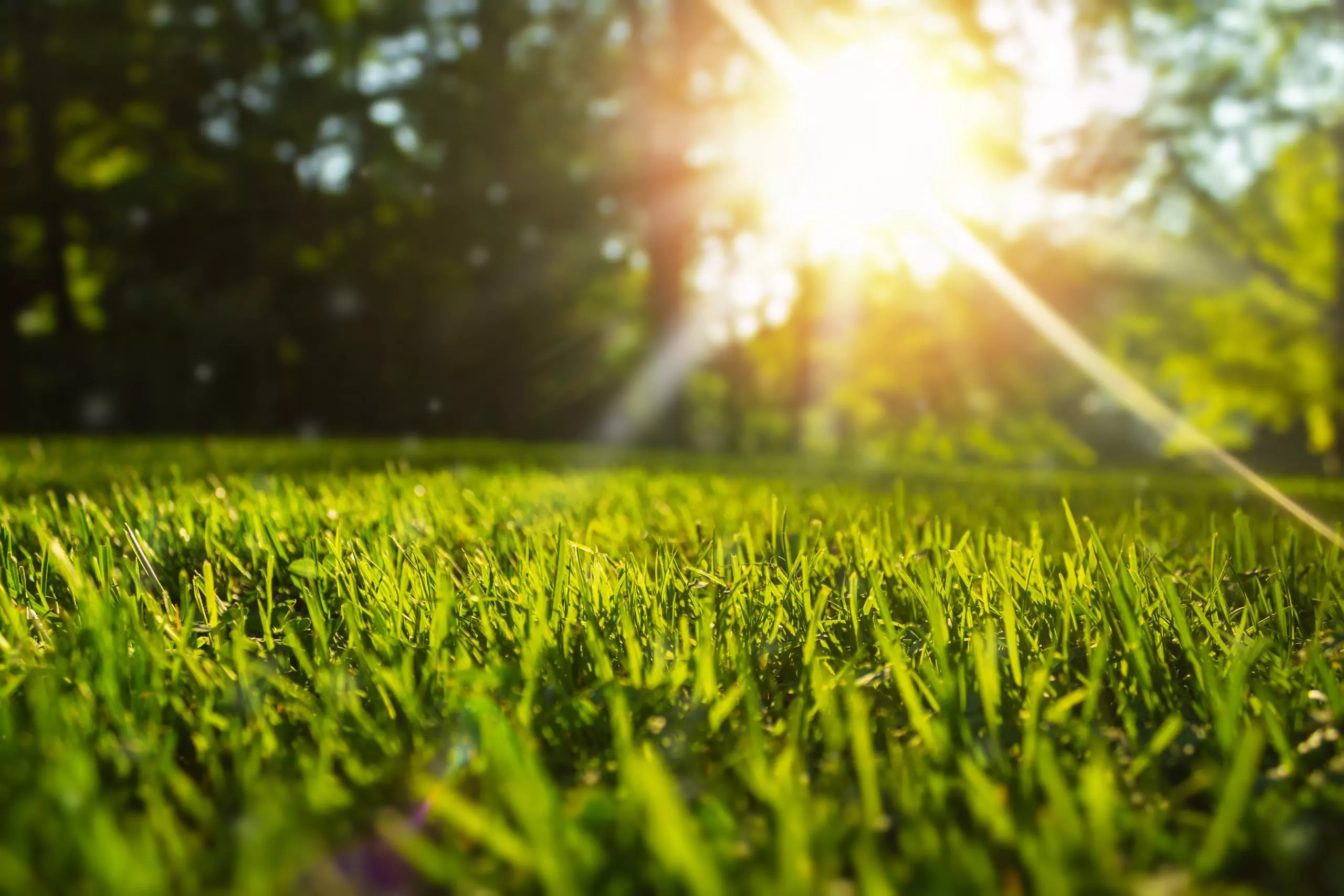

Landscaping Ideas
Why Is My New Grass Light Green
Modified: March 24, 2024
Discover expert landscaping ideas to address light green grass in your yard. Learn how to achieve a lush, vibrant lawn with our helpful tips and solutions.
(Many of the links in this article redirect to a specific reviewed product. Your purchase of these products through affiliate links helps to generate commission for Storables.com, at no extra cost. Learn more)
**
Introduction
**
When you've just invested your time and effort into establishing a lush, green lawn, it can be disheartening to notice that the new grass appears light green instead of the vibrant hue you were expecting. The color of your grass can be an indicator of its health and the conditions it's exposed to. Understanding why your new grass is light green is essential for ensuring its vitality and beauty. In this article, we'll delve into the factors that influence the color of new grass and provide valuable insights into how you can enhance its vibrancy. Whether you're a seasoned gardener or a novice lawn enthusiast, unraveling the mysteries behind light green grass will empower you to nurture a verdant and thriving lawn that's the envy of the neighborhood.
Key Takeaways:
- Grass color reflects its health and can be influenced by factors like nutrient deficiencies, soil pH, and environmental stress. Understanding these factors helps in nurturing a vibrant and thriving lawn.
- To improve grass color, focus on proper feeding, watering, soil testing, mowing practices, and addressing environmental stress. These steps contribute to a lush and vibrant lawn, enhancing outdoor spaces.
Read more: Why Is My Grass Light Green
Understanding Grass Color
Grass color is a visual representation of its overall health and vitality. The lush green hue that we associate with well-maintained lawns is a result of the presence of chlorophyll, the pigment responsible for photosynthesis. When grass appears light green, it may indicate a variety of underlying issues that require attention.
Grass color can vary depending on the species, with some exhibiting a darker green hue naturally, while others have a lighter appearance. Understanding the typical color of your grass species is crucial for identifying any deviations that may signal potential problems.
Additionally, the age of the grass can influence its color. New grass often appears lighter in color as it establishes its root system and acclimates to its environment. As the grass matures and develops a robust root network, its color may deepen to the desired shade of green.
It’s important to note that grass color can fluctuate throughout the year, especially in regions with distinct seasons. Factors such as temperature, sunlight exposure, and precipitation levels can impact the grass’s color, causing it to appear lighter or darker at different times.
By comprehending the nuances of grass color, you can better assess the health of your lawn and take proactive measures to address any issues that may be affecting its vibrancy.
Factors Affecting Grass Color
The color of your grass is influenced by a myriad of factors, encompassing both environmental conditions and the plant’s nutritional requirements. Understanding these influences is essential for diagnosing the underlying causes of light green grass and implementing effective remedies.
Nutrient Deficiencies
Essential nutrients play a pivotal role in sustaining the lush green color of grass. Inadequate levels of key nutrients, such as nitrogen, iron, and magnesium, can result in the grass appearing light green or yellowish. Nitrogen, in particular, is integral to the production of chlorophyll, the pigment responsible for the green color of plants. A deficiency in nitrogen can lead to diminished chlorophyll levels, manifesting as pale or yellowish grass.
Soil pH
The pH level of the soil profoundly impacts the availability of nutrients to the grass. When the soil’s pH deviates from the optimal range for the specific grass species, it can hinder nutrient uptake, leading to color abnormalities. Acidic soils may impede the absorption of essential nutrients, while alkaline soils can induce nutrient imbalances, both of which can contribute to the grass appearing light green.
Environmental Stress
Environmental stressors, such as excessive heat, drought, or inadequate sunlight, can exert a toll on the grass, causing it to exhibit a lighter hue. Prolonged periods of high temperatures and insufficient moisture can impede the grass’s ability to maintain its vibrant color, resulting in a lackluster appearance. Similarly, inadequate sunlight due to shading or overcast weather can diminish the grass’s greenness.
By recognizing the diverse factors that can influence grass color, you can take targeted measures to address the specific issues affecting your lawn and restore its natural vibrancy.
Nutrient Deficiencies
Nutrient deficiencies can significantly impact the color and overall health of your grass. Understanding the role of essential nutrients and recognizing the symptoms of deficiencies is crucial for effectively addressing any color abnormalities in your lawn.
Nitrogen Deficiency
Nitrogen is a fundamental nutrient for grass, playing a central role in chlorophyll production. When grass is deficient in nitrogen, its ability to synthesize chlorophyll is compromised, leading to a lighter green or yellowish appearance. Additionally, nitrogen deficiency can cause stunted growth and reduced vigor in the grass, further detracting from its visual appeal.
Iron Deficiency
Iron is essential for chlorophyll formation and is pivotal in maintaining the deep green color of grass. A lack of iron can result in interveinal chlorosis, characterized by the yellowing of the grass while the veins remain green. This condition can give the grass a distinctly light green or yellowish appearance, signaling the need for iron supplementation.
Magnesium Deficiency
Magnesium is another vital nutrient for grass, contributing to chlorophyll production and overall metabolic functions. A deficiency in magnesium can lead to chlorosis and manifest as light green or yellow patches in the grass. Addressing magnesium deficiencies is crucial for restoring the grass’s natural color and ensuring its optimal growth and development.
Identifying the specific nutrient deficiencies affecting your grass is essential for formulating an effective fertilization and supplementation strategy. Soil testing and visual assessments can aid in pinpointing the lacking nutrients, enabling you to provide targeted remedies to rejuvenate your lawn’s color and vitality.
Ensure your new grass is receiving enough sunlight, water, and nutrients. Light green color may indicate a lack of nitrogen, so consider applying a nitrogen-rich fertilizer.
Soil pH
The pH level of the soil profoundly influences the availability of essential nutrients to the grass, directly impacting its color and overall health. Understanding the significance of soil pH and its implications for grass color is essential for fostering a thriving and vibrant lawn.
Acidic Soil
Acidic soils, characterized by a pH below 7.0, can impede the uptake of crucial nutrients by the grass. In acidic conditions, nutrients such as phosphorus, potassium, and magnesium may become less available to the grass, leading to deficiencies that can manifest as a light green or yellowish hue. Addressing soil acidity through targeted amendments can enhance nutrient availability and promote optimal grass coloration.
Alkaline Soil
Conversely, alkaline soils with a pH above 7.0 can also impact grass color by influencing nutrient availability. High soil pH can lead to nutrient imbalances, hindering the grass’s ability to maintain its vibrant green color. Magnesium and iron deficiencies are particularly prevalent in alkaline soils, contributing to the development of chlorosis and the manifestation of light green or yellow patches in the grass.
Optimizing Soil pH
Maintaining the optimal pH range for your specific grass species is essential for ensuring proper nutrient uptake and vibrant coloration. Conducting a soil test can provide valuable insights into the pH level of your soil, enabling you to implement targeted amendments to adjust its acidity or alkalinity. Utilizing pH-adjusting fertilizers and incorporating organic matter can aid in optimizing soil pH, fostering an environment conducive to lush, green grass.
By addressing soil pH imbalances and creating an optimal growing environment for your grass, you can mitigate color abnormalities and promote the development of a vibrant and healthy lawn.
Read more: Why Is My Grass Light Green And Dark Green
Environmental Stress
Environmental stressors can exert a significant impact on the color and overall vitality of your grass, leading to a light green or lackluster appearance. Recognizing the various environmental factors that can induce stress in your lawn is crucial for implementing targeted measures to mitigate their effects and restore the grass’s natural vibrancy.
Excessive Heat
Prolonged exposure to high temperatures can place considerable stress on grass, impeding its ability to maintain a rich green color. During periods of intense heat, grass may exhibit signs of distress, such as wilting and discoloration, resulting in a lighter green or yellowish appearance. Adequate irrigation and providing shade during peak heat hours can help alleviate heat stress and preserve the grass’s color and vigor.
Drought Conditions
Inadequate moisture due to drought conditions can profoundly impact grass color, causing it to appear light green or yellowed. Drought-stressed grass may enter a state of dormancy, conserving resources and exhibiting diminished coloration as a survival mechanism. Implementing efficient watering practices and ensuring adequate hydration for the grass are essential for mitigating the effects of drought stress and maintaining vibrant greenery.
Inadequate Sunlight
Insufficient sunlight due to shading from structures, trees, or other obstructions can hinder the grass’s ability to photosynthesize effectively, leading to diminished coloration. Areas of the lawn that receive limited sunlight may exhibit a lighter green hue, signaling the need for strategic pruning or reconfiguration of landscaping elements to optimize sunlight exposure and promote uniform grass coloration.
By identifying and addressing environmental stressors, you can safeguard your grass against color abnormalities and create an optimal environment for its growth and vitality.
Tips for Improving Grass Color
Enhancing the color and vibrancy of your grass involves a multifaceted approach encompassing proper maintenance practices, targeted fertilization, and proactive measures to address underlying issues. By implementing the following tips, you can revitalize your lawn and cultivate a lush, green expanse that enhances your outdoor space.
Regular Feeding
Providing your grass with a balanced and timely feeding regimen is essential for ensuring optimal coloration and overall health. Selecting a high-quality fertilizer tailored to your grass species and applying it according to recommended schedules can replenish essential nutrients, such as nitrogen and iron, promoting vibrant green growth.
Adequate Watering
Maintaining proper hydration for your grass is pivotal for sustaining its color and vigor. Consistent and deep watering, especially during dry spells, can prevent stress-induced color abnormalities and support the grass’s resilience. However, it’s important to avoid overwatering, as excessive moisture can also impact the grass’s color and invite issues such as fungal diseases.
Soil Testing and Amendment
Conducting regular soil tests to assess nutrient levels and pH can guide targeted amendments to optimize the growing environment for your grass. Addressing nutrient deficiencies and adjusting soil pH as needed can bolster the grass’s ability to maintain a rich green color, fostering robust and healthy growth.
Mowing Practices
Adhering to proper mowing practices, such as maintaining the recommended mowing height for your grass species and ensuring sharp mower blades, can contribute to uniform and vibrant coloration. Avoiding excessively close mowing and adhering to the one-third rule can minimize stress on the grass and promote a lush green appearance.
Addressing Environmental Stress
Implementing measures to mitigate environmental stressors, such as providing shade during intense heat, optimizing sunlight exposure, and adjusting watering routines during drought conditions, can safeguard the grass against color abnormalities induced by environmental factors.
By integrating these tips into your lawn care regimen, you can foster an environment conducive to vibrant and healthy grass, elevating the visual appeal of your outdoor landscape.
Conclusion
Understanding the factors that contribute to the color of your grass is pivotal for nurturing a verdant and thriving lawn. Whether you’re contending with nutrient deficiencies, soil pH imbalances, or environmental stressors, recognizing the underlying causes of light green grass empowers you to take targeted measures to enhance its color and vitality.
By addressing nutrient deficiencies through strategic fertilization, optimizing soil pH, and implementing proactive measures to mitigate environmental stress, you can revitalize your lawn and cultivate a lush green expanse that enhances your outdoor space. Regular feeding, proper watering practices, and attentive soil management are integral components of a comprehensive approach to improving grass color and fostering a vibrant and healthy lawn.
Embracing these insights and integrating them into your lawn care regimen equips you with the knowledge and tools to transform lackluster grass into a captivating and resilient landscape feature. As you embark on this journey to enhance your grass’s color, remember that patience and consistency are key, and the rewards of a lush, vibrant lawn await as a testament to your dedication and care.
With a deeper understanding of grass color dynamics and a proactive approach to lawn maintenance, you can savor the sight of a luxuriant and inviting expanse of greenery, elevating the aesthetic allure of your outdoor environment and creating a welcoming haven for relaxation and enjoyment.
Frequently Asked Questions about Why Is My New Grass Light Green
Was this page helpful?
At Storables.com, we guarantee accurate and reliable information. Our content, validated by Expert Board Contributors, is crafted following stringent Editorial Policies. We're committed to providing you with well-researched, expert-backed insights for all your informational needs.
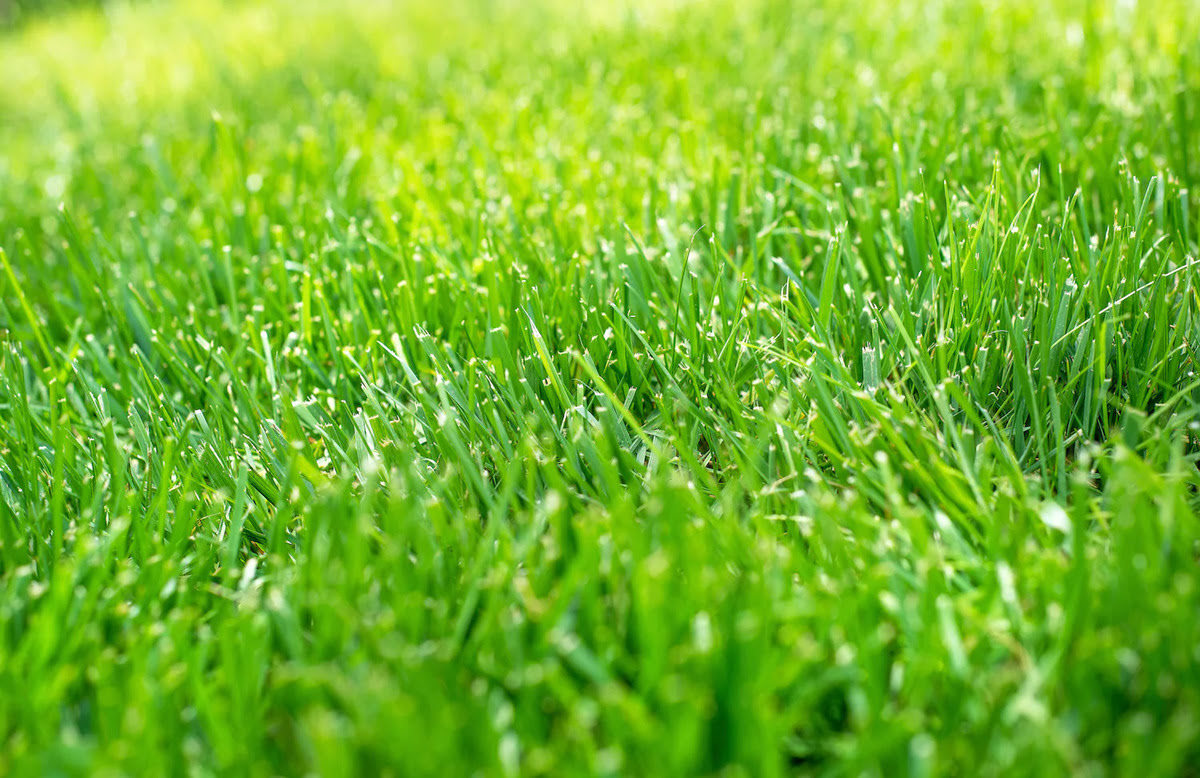
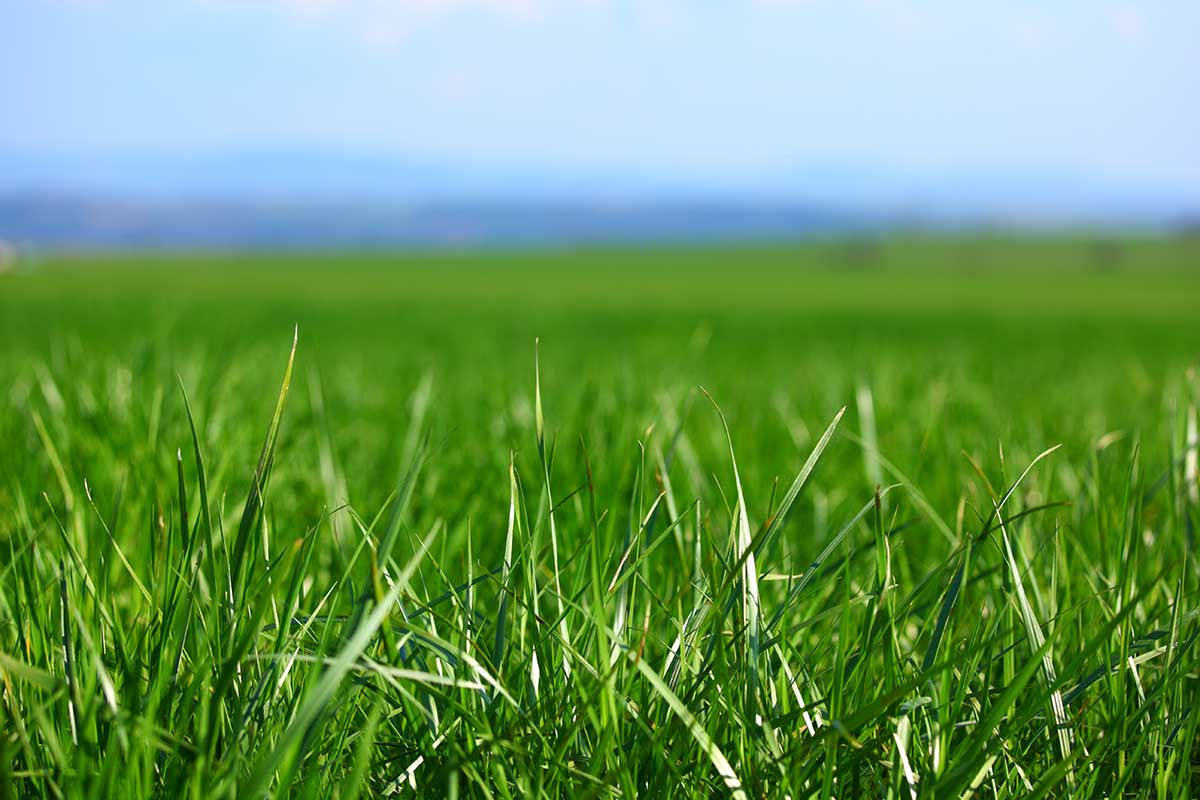
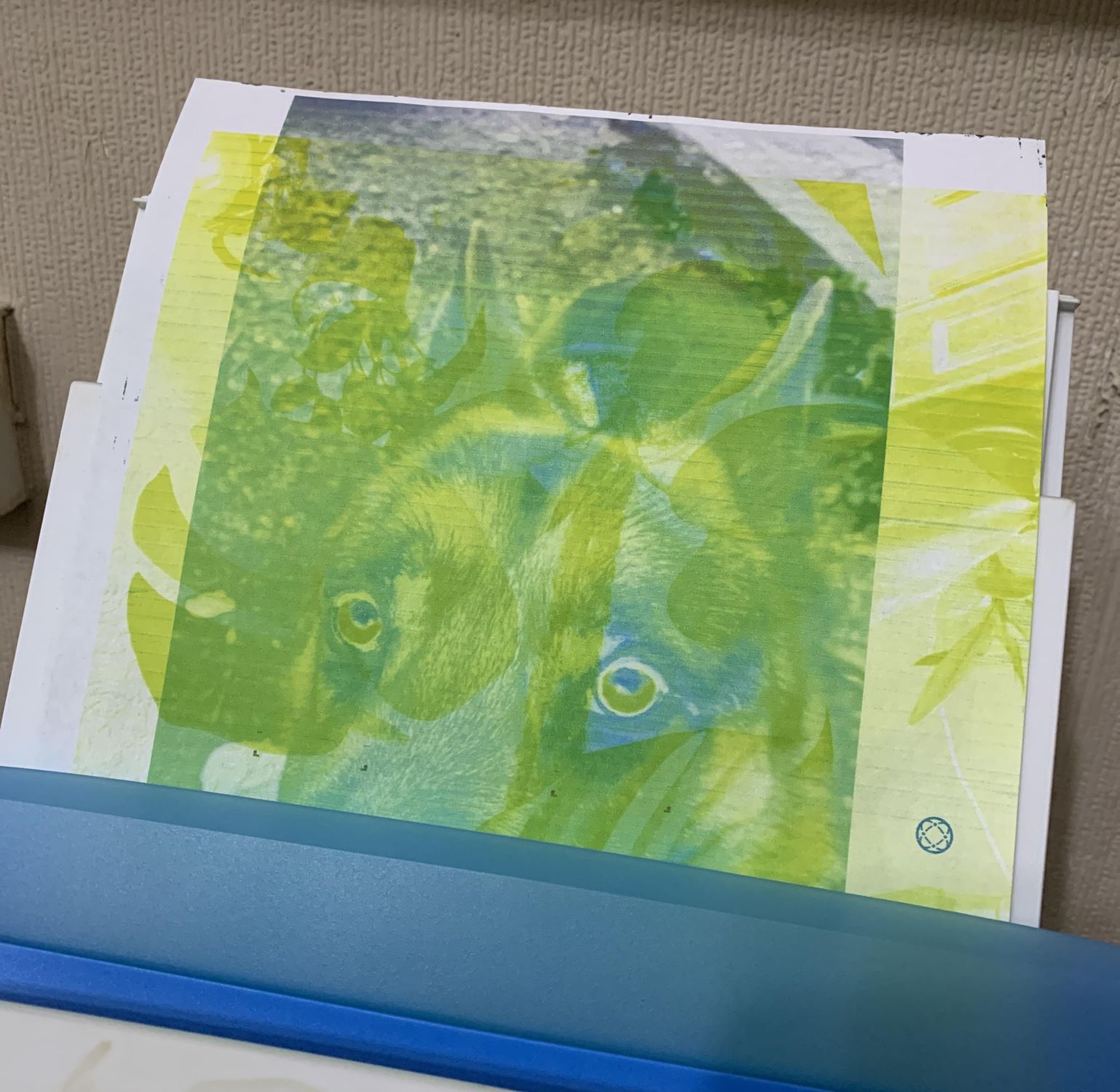


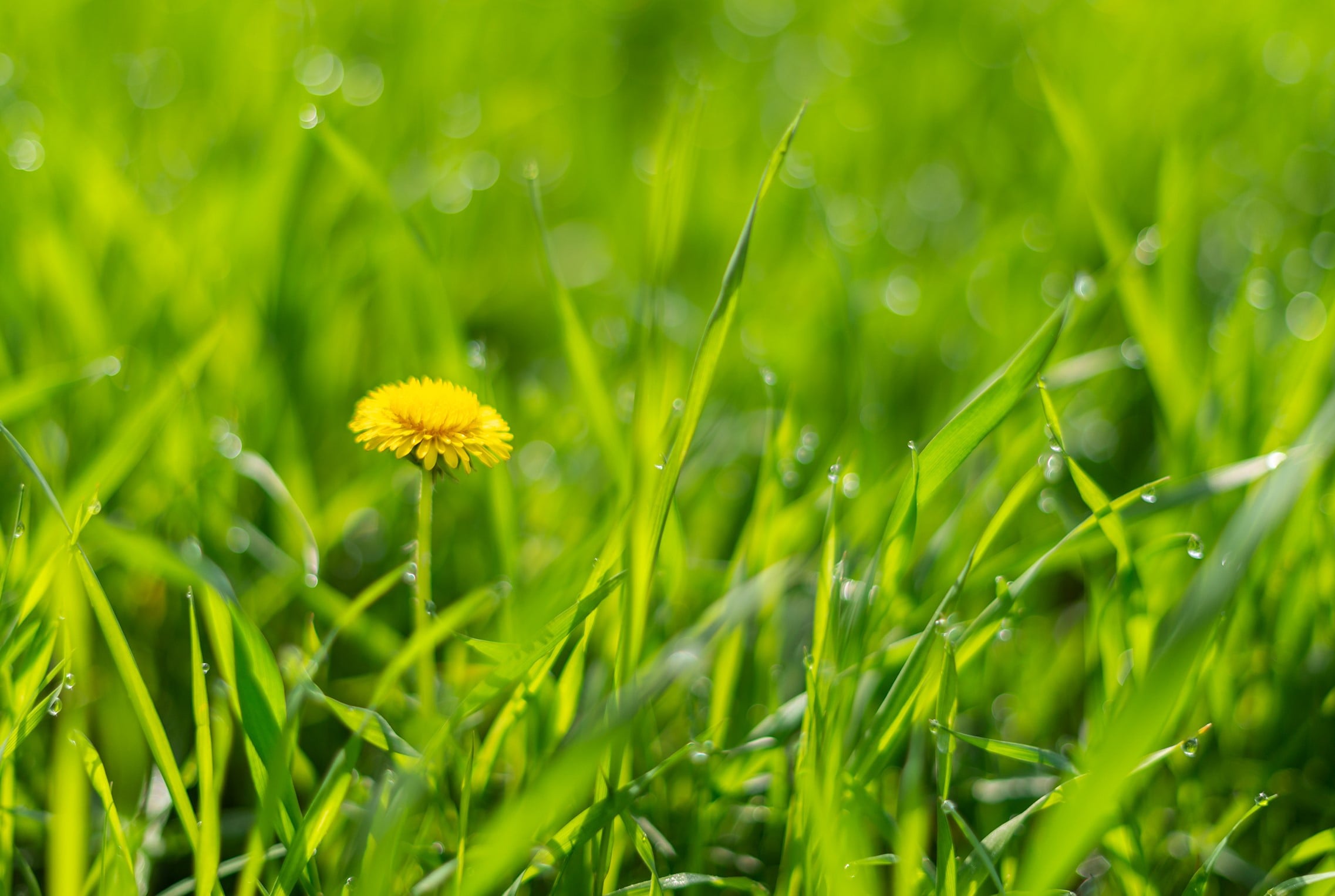

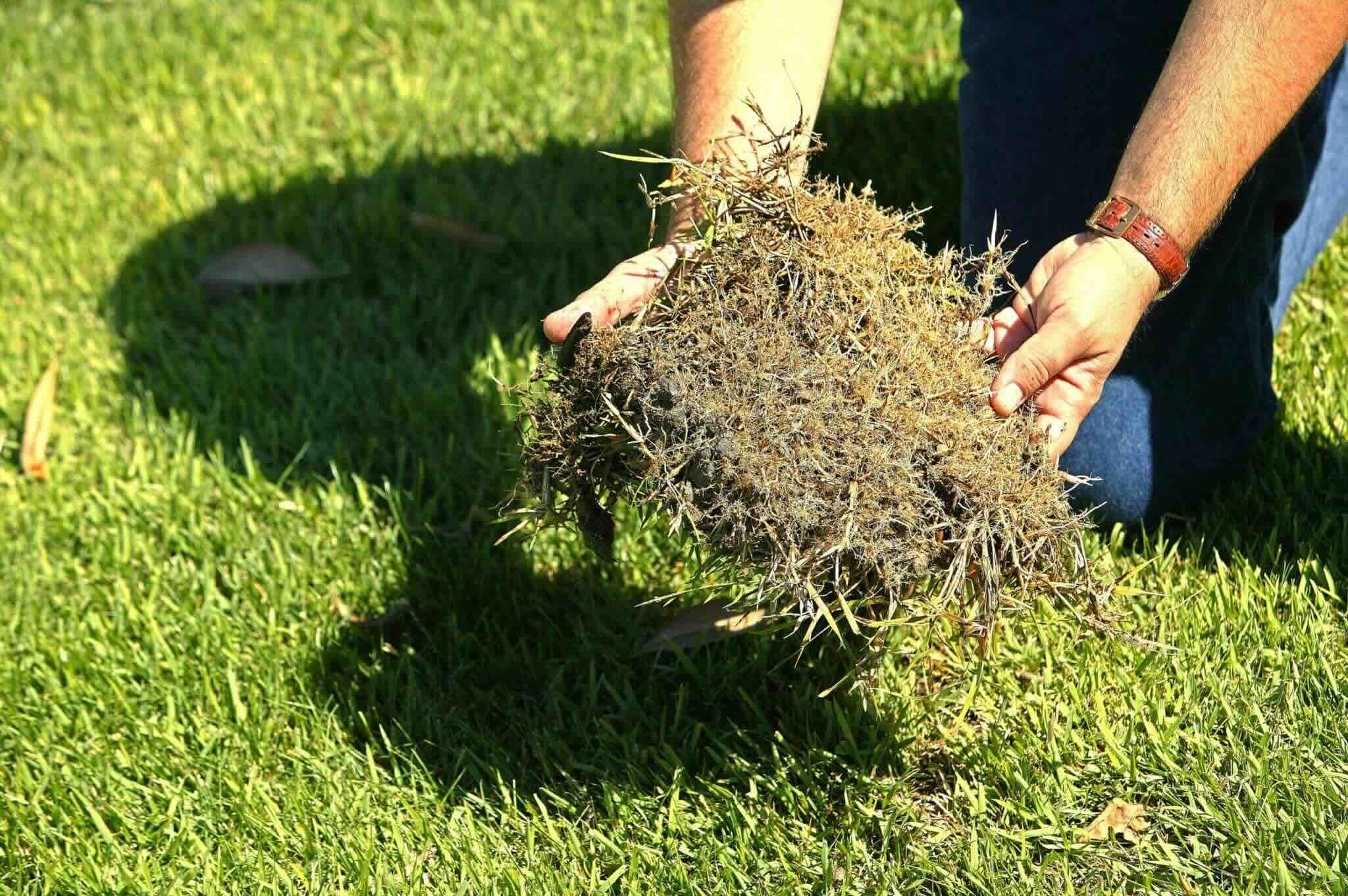
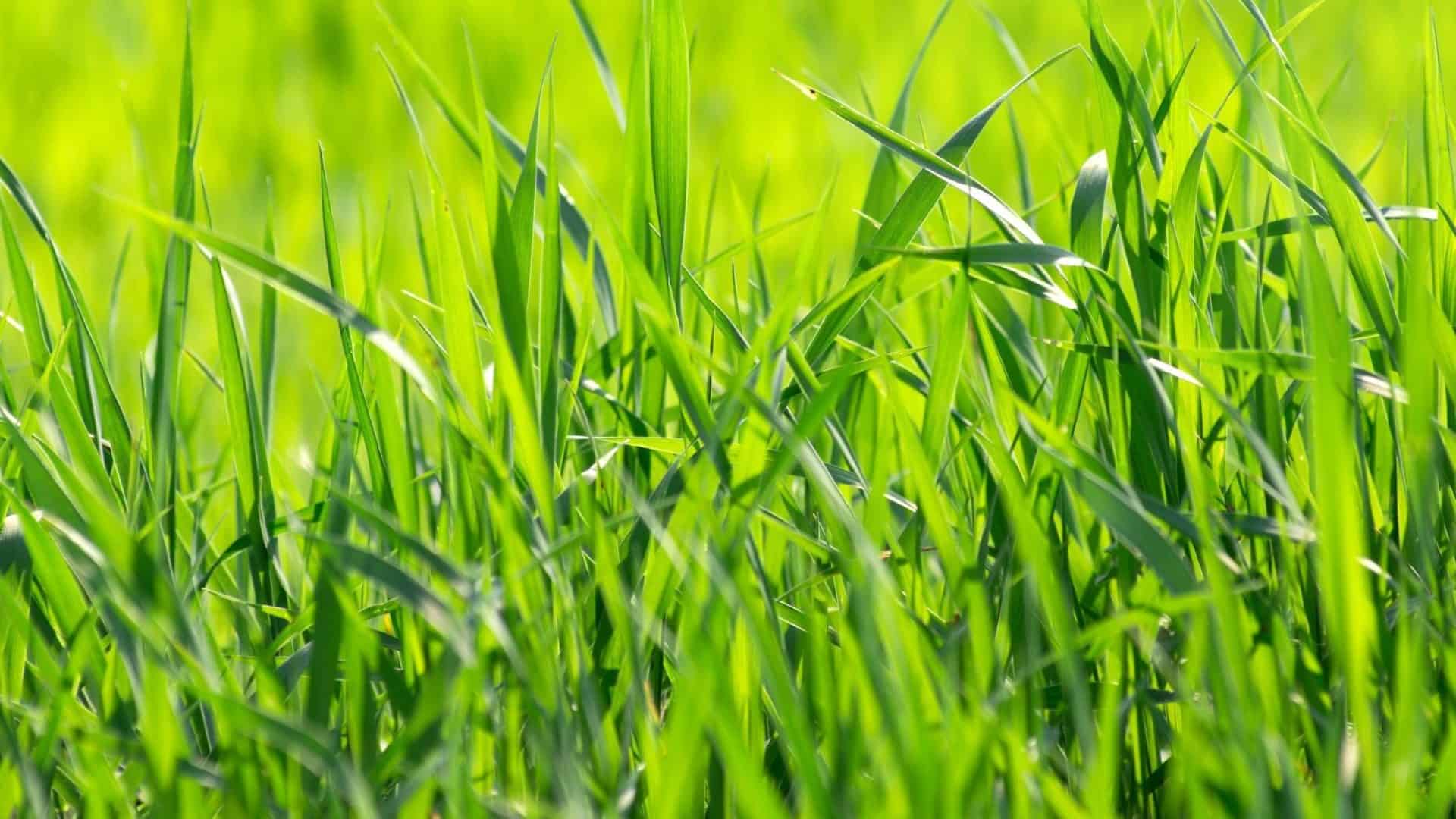
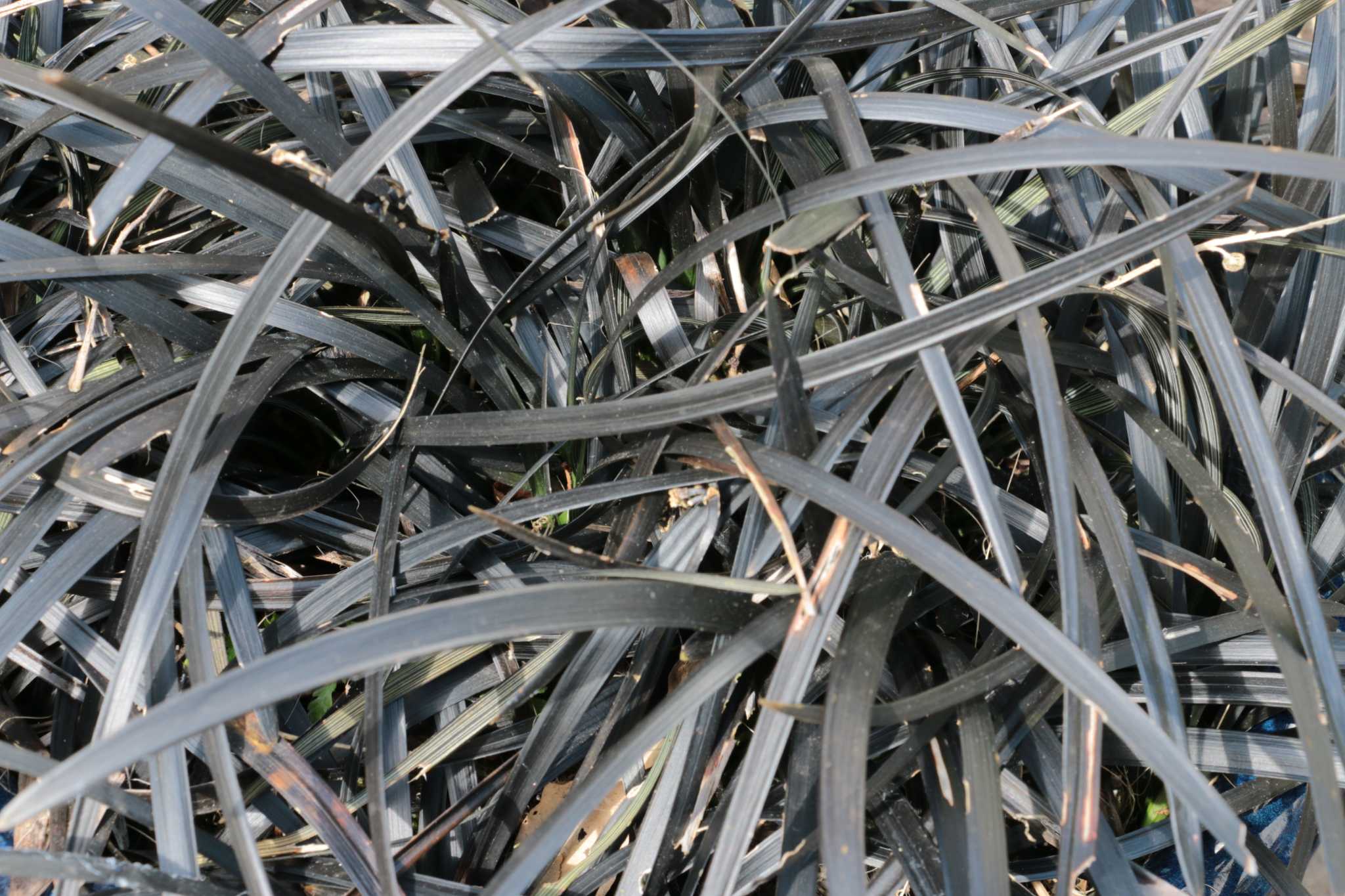





0 thoughts on “Why Is My New Grass Light Green”